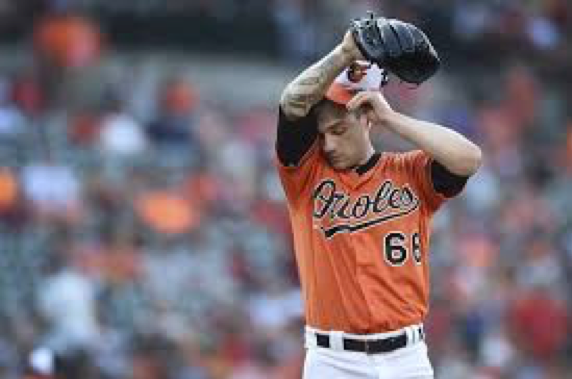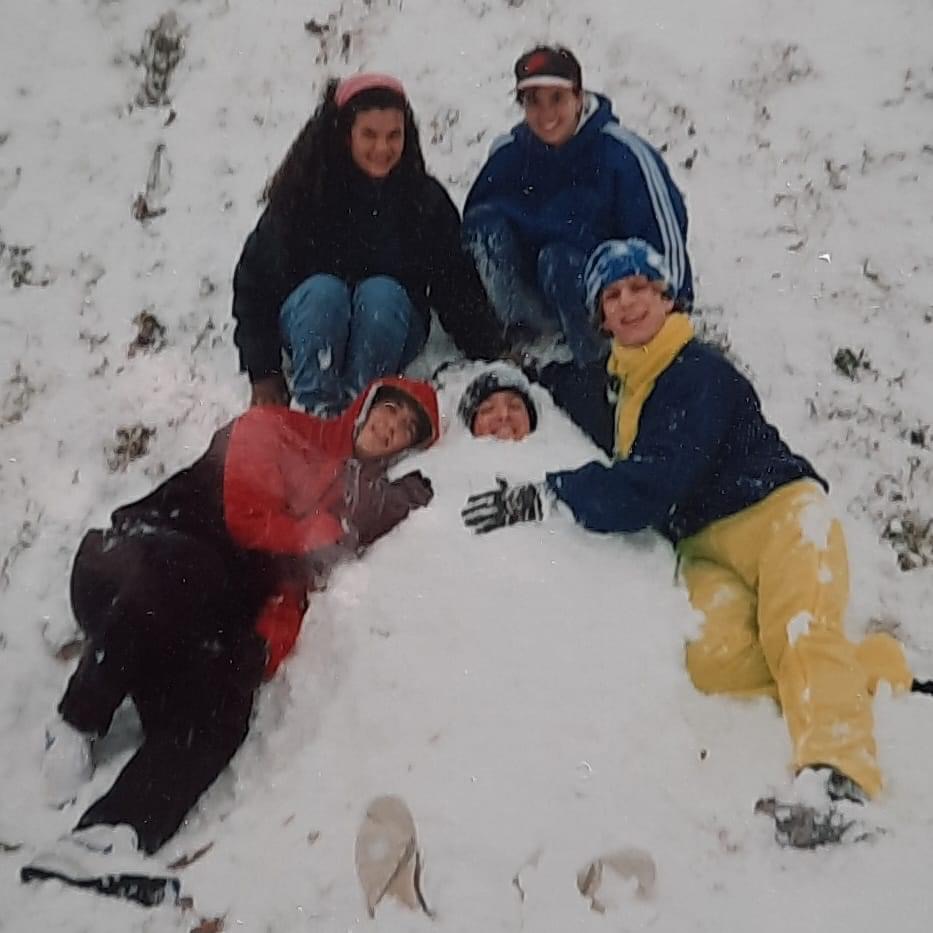Written by: Nathan Kernell, staff writer
With the recent conclusion of the 2018 Major League Baseball regular season, post season play is underway for 10 lucky teams. For fan-bases and players of organizations in the playoffs such as Cleveland, New York or Boston, the hope of a championship is a possibility in the near future. For teams who barely missed out on a playoff spot, such as the Cardinals who missed a wild card spot by 2 games or the Diamondbacks who were contenders until the last 15 games of the season, hope is still high for a championship campaign for next season. You have teams with hope of success in the near future; and then you have the Baltimore Orioles.
The Orioles had a record of 47-115 this past season, celebrating a win percentage of .290, 61 games back of the first place Boston Red Sox for the division lead. This adds up to just 19 wins on the road and 28 wins in Baltimore, giving the Orioles the third worst record in the expansion era, which began in 1961 when the league expanded from 16 teams to 30.
A team’s subpar season can usually be justified by reasons such as a lack of team chemistry or just an off year. In Baltimore’s case, the league worst record is every bit justified. From having an underperforming first baseman paid $161 million, to severely lacking in pitching depth, to losing out on big time players at the signing deadline, the Orioles deserve the record they finished out the 2018 season with.
A contributing factor to the Orioles’ mediocre year was their heavy reliance upon Chris Davis, a former All Star and homerun leader, who drastically underperformed. The Orioles paid out $161 million to the first-baseman, who still has 4 years and $91 million left to be paid off his contract. Davis concluded the 2018 season with a batting average of .168, meaning he gets a hit just 16 times out of 100, and is the worst ever among qualifying players. Among those who meet the required 502 at bats in a season to qualify, Davis performed the worst of all, beating out Dan Uggla’s previous worst of .179 in 2013. Had it not been for various benchings throughout the season, Davis would have also threatened for worst ever WAR (wins above replacement; how much a player contributes to their team). Due to the heavy monetary toll used to acquire Davis, his lack of production added to an already mediocre team.
Possibly the biggest contribution to the Baltimore’s failure of a season this year is their pitching. In terms of batting, the Orioles were by no means good, but unsuccessful hitting can sometimes be combated by stellar pitching. The Orioles are in the top ten worst in every major batting statistic, with the exception of home runs and runs scored. By no means were the Orioles’ bats working this season, but their unsuccessful appearances at the plate should not have warranted the historically bad season that they experienced.
It is when bad hitting is paired with absolutely awful pitching that the chemistry for worst ever record can be achieved. An Orioles pitching staff that enjoyed little success finished dead last in eleven major pitching stats; the most unimpressive of these being earned run average (how many runs given up per nine innings), batting average against, on base percentage against (how many bases the opposing batter gets per at bat), and WHIP (walks or hits per inning pitched. Baltimore’s pitching finished worst in the stats that mattered most. Earned run average is the typical stat turned to when looking at pitchers, and the league-worst 5.18 era is hard to look past. With pitchers giving up over 5 runs a game, it is hard for any offense, let alone the mediocre offense of the Orioles, to come up with enough run support to win games; especially when Baltimore offense averaged only 3.84 runs per game. Batting average against and On Base Percentage fall hand in hand with ERA because with the amount of earned runs being allowed, it is obvious teams are hitting the ball when facing Orioles pitching. The league-worst WHIP of 1.50 hints at the fact that pitchers are not only giving up hits, but giving up walks as well. When free bases are given out to batters, runs are not scored, and quality pitching starts are not being achieved, the fact that the Orioles faced the third worst record in almost 60 years becomes that much more believable.
The lack of offensive production or lack of pitching quality can hurt a team for a season, but can leave hope for stringing a championship run together in coming years. A large problem with the Orioles organization is that they are doing little to bring themselves out of the hole that they are in. During the 2018 international signing period, the Orioles were tied for last for fewest signees with 2; tied with the Braves who were being disciplined by Major League Baseball and were limited on how many international prospects they could sign. Also leading up to the 2018 signing deadline, allstar infielder Manny Machado was not pursued and thus took his talents to the Dodgers, and second baseman Jonathan Schoop and starting pitcher Kevin Gausman were both traded away, all of whom were starters who would be playing a significant amount of innings. What both of these accounts reveal is that the Orioles are severely inactive and are doing little, at the moment, to rebuild.
With the stagnation that the Orioles exhibit, coupled with an already well below-average team, any baseball fan can see why manager Buck Showalter no longer flaunts the title of manager, and why Oriole baseball was the worst played baseball of the 2018 season.

Nathan Kernell is a freshman majoring in Communications with a focus in Digital Media. He enjoys playing on the baseball team and also playing guitar. Nathan has always enjoyed writing so it only seemed fitting to pursue that path in college. He can often be found making the short trip over to Chattanooga any time he has a free day or playing guitar in his dorm.



